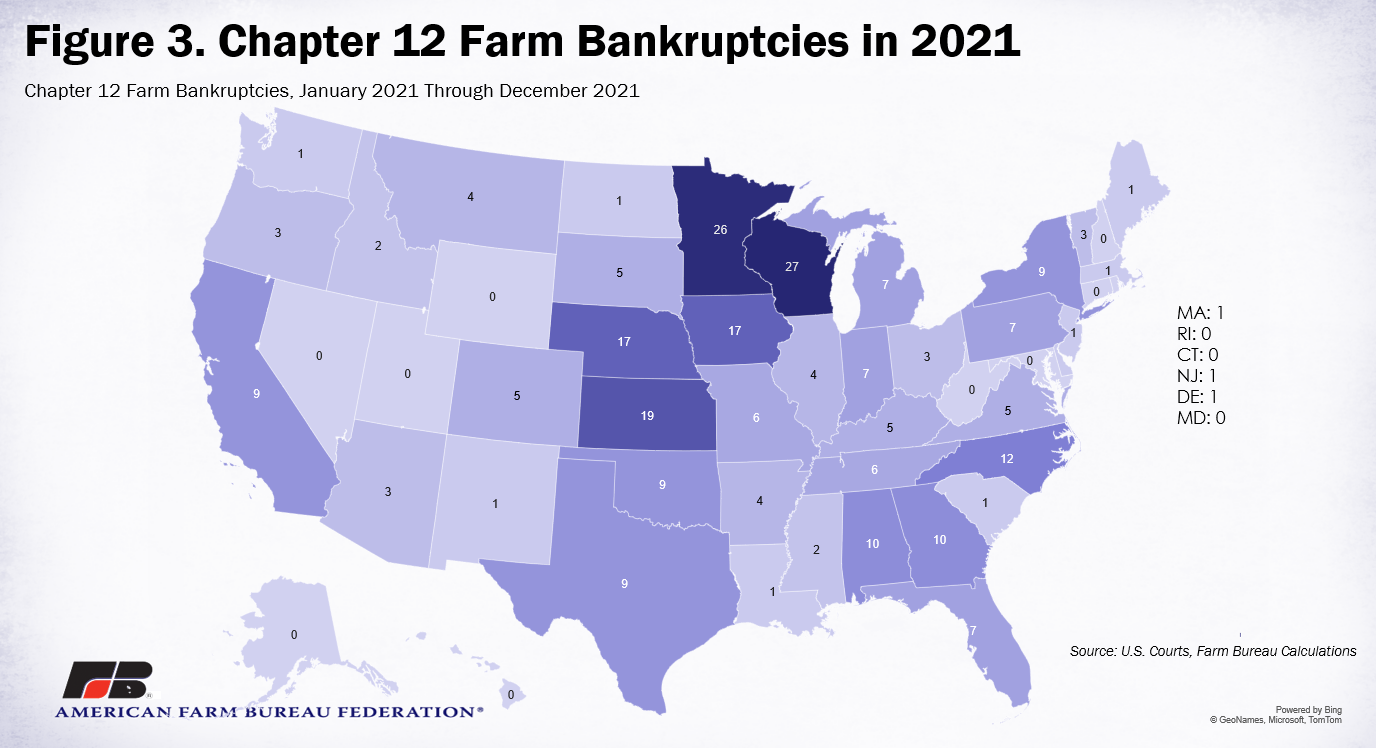The Plight of American Farming
.
It is impossible to pinpoint a single cause for the misery of American farmers since it is a complicated problem. However, some of the main causes of their challenges include increasing production costs, declining demand for specific commodities, and the expansion of large-scale agribusiness. The number of farms and farmers in the United States has decreased as a result of these factors, which have made it harder for small and mid-sized farms to compete with their bigger counterparts.
It is impossible to pinpoint a single cause for the misery of American farmers since it is a complicated problem. However, some of the main causes of their challenges include increasing production costs, declining demand for specific commodities, and the expansion of large-scale agribusiness. The number of farms and farmers in the United States has decreased as a result of these factors, which have made it harder for small and mid-sized farms to compete with their bigger counterparts.
Due to this reduction, the United States today imports a substantial amount of its food from other countries. Fruits and vegetables made up a significant portion of the nation’s $137 billion worth of food imports in 2020. This suggests that a significant amount of the food consumed frequently by Americans is imported rather than produced locally.


Based on the latest data available from the United States Department of Agriculture (USDA) for the year 2020, the top 10 countries the United States imports food products from, along with their annual dollar value of imports, are as follows:
- Mexico – $28.7 billion
- Canada – $25.3 billion
- China – $5.6 billion
- Brazil – $4.9 billion
- Chile – $3.1 billion
- Argentina – $2.8 billion
- Vietnam – $2.7 billion
- Peru – $2.5 billion
- India – $2.4 billion
- Indonesia – $2.2 billion
It is important to note that these figures only represent the value of food products that are officially recorded by the USDA and do not account for informal trade or unrecorded imports. Additionally, the types of food products imported from each country vary widely and include everything from fruits and vegetables to meat and dairy products.
The United States is currently importing a sizable portion of its food from other nations as a result of this reduction. In 2020, the nation imported food worth over $137 billion, with fruits and vegetables making up a sizable share of total imports. This implies that a large portion of the food that Americans regularly eat is not produced locally but is instead imported from other nations.
Notwithstanding these obstacles, the government has been slow to assist the growth of small and mid-sized farms and give local farming priority. Instead, it has concentrated on regulations that aid industrial agriculture and large-scale agribusiness. For instance, whereas restrictions and zoning laws frequently make it challenging for small farmers to sell their products directly to consumers, subsidies are frequently given to large-scale producers.
The government might help small and mid-sized farms flourish and give local agriculture precedence as a potential solution to this issue. This might entail taking steps like providing tax benefits to local farmers, funding research on ecologically friendly agriculture practices, and aiding the expansion of local food markets. The United States can ensure a more sustainable and resilient food supply while also promoting the economic viability of local farming communities by prioritizing local agriculture.
I’d want to wrap this up by emphasizing that the state of American farms and farmers is a complex issue that requires thought and action from decision-makers. By putting an emphasis on local farming and encouraging the expansion of small and mid-sized farms, the United States can create a more resilient and sustainable food system that benefits both consumers and farmers. Nevertheless, unless the government takes these steps, the trend toward importing food rather than producing it locally is likely to continue, putting People at risk for food safety and endangering the success of local farming communities.


Based on the latest data available from the United States Department of Agriculture (USDA) for the year 2020, the top 10 food products imported into the United States, along with their annual dollar value of imports, are as follows:
- Fresh fruits – $17.6 billion
- Fresh vegetables – $11.8 billion
- Wine and beer – $6.4 billion
- Snack foods – $5.7 billion
- Coffee and tea – $5.5 billion
- Fish and seafood – $5.4 billion
- Processed fruits and vegetables – $5.2 billion
- Chocolate and cocoa products – $4.2 billion
- Red meats – $3.3 billion
- Dairy products – $3.1 billion
It is important to note that these figures only represent the value of food products that are officially recorded by the USDA and do not account for informal trade or unrecorded imports. Additionally, the types of food products imported vary widely and include both raw materials and finished products that are sold directly to consumers.
